Increasing organic traffic is the most effective long-term strategy for growing a website or blog. Although it can take time, search engine optimization (SEO) can yield much better returns than paid advertising, guest blogging, and almost any other online marketing tactic. The problem is that there are no shortcuts to learning how to increase organic traffic.
If you want to get more traffic from search engines, you need to understand how they work and you need a strategy. Planning the type of content to post and tracking the performance of your posts is a good place to start. Still, there are other lesser-known methods you don't want to overlook.
In this article, we'll walk you through five strategies you can use to increase organic traffic to your website. Let's also start talking about the People Ask sections!
How to increase organic traffic to website
- Target People also ask section
- Analyze your keyword gaps
- Refresh outdated content
- Look for quick-win, low-competition keywords
- Update your posts’ titles and description tags
1. Target People also ask sections
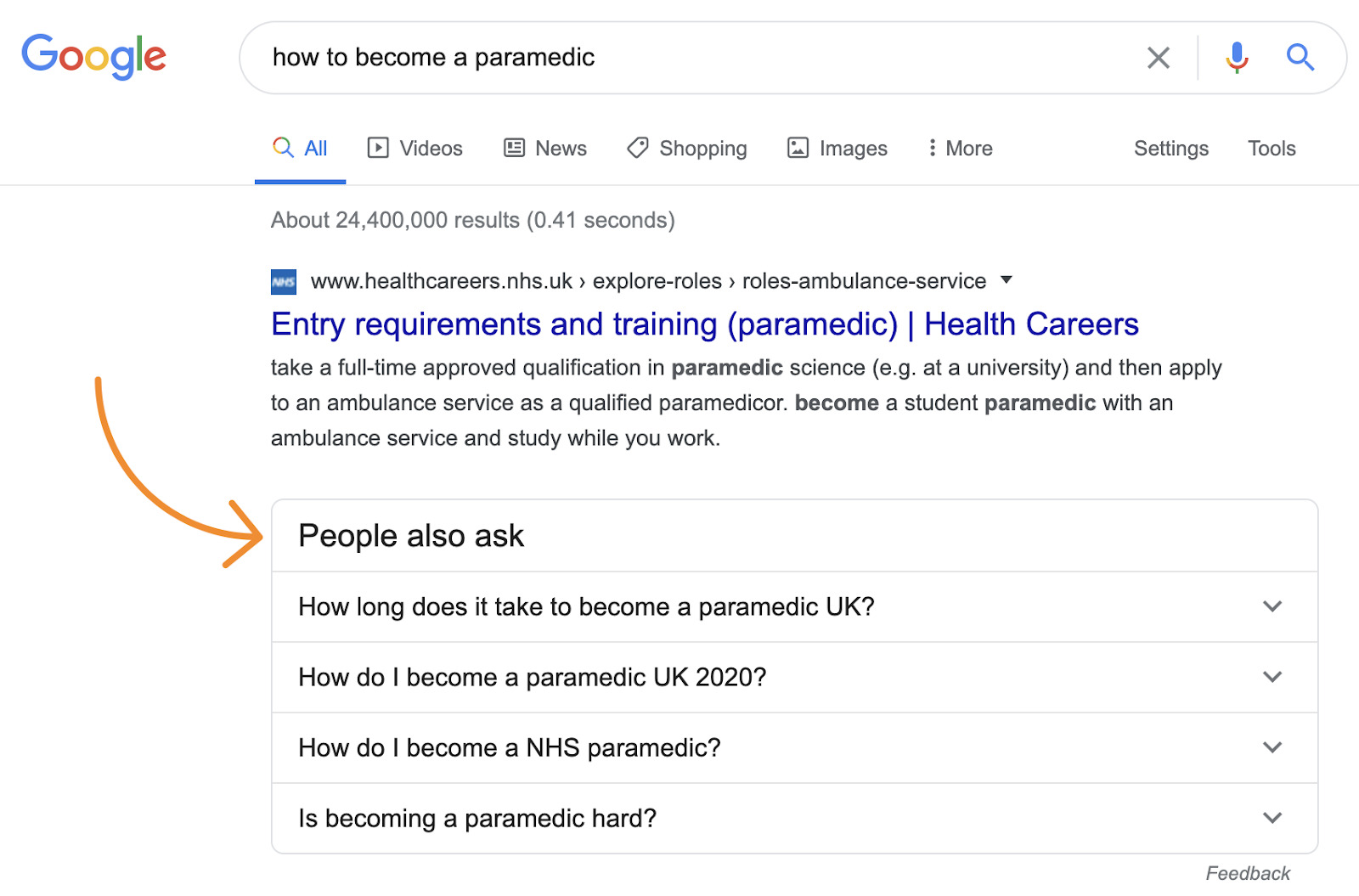
You may already be familiar with the "People Also Ask" sections of Google search results. These are answer boxes that appear below the first result. They contain questions related to the initial consultation. Each question has a concise answer from a website as well as a link to this page:
People also ask for sections to appear in about 43% of all searches [1]. Participation figures for these Q&A sections vary widely. In some cases, only 3% of users interact with the People Also Ask panel. For other searches, that number drops to 13%. About 40% of these interactions result in clicks.
If your content is already in the top results for a particular search, the benefits of showing it in the People Also Ask section are minimal. However, if you're not among the top results of a search, appearing there can bring you organic traffic that you wouldn't get otherwise.
To increase your chances of appearing in this section, you need to optimize your content to provide concise answers to the questions users are looking for. A good source for these questions is the bottom of the Google search results pages, where you can see related searches:
There's usually some overlap between what you'll find in this section and the "People Also Ask" fields. You can also use keyword research tools like AnswerThePublic to find related questions for each search query:
Once you have a list of questions you want to address, we encourage you to use the appropriate format to help search engines target that information. This means captioning the questions and putting the answers as succinctly as possible at the bottom. A great way to do this is to add FAQs to your pages.
2. Analyze your keyword gaps
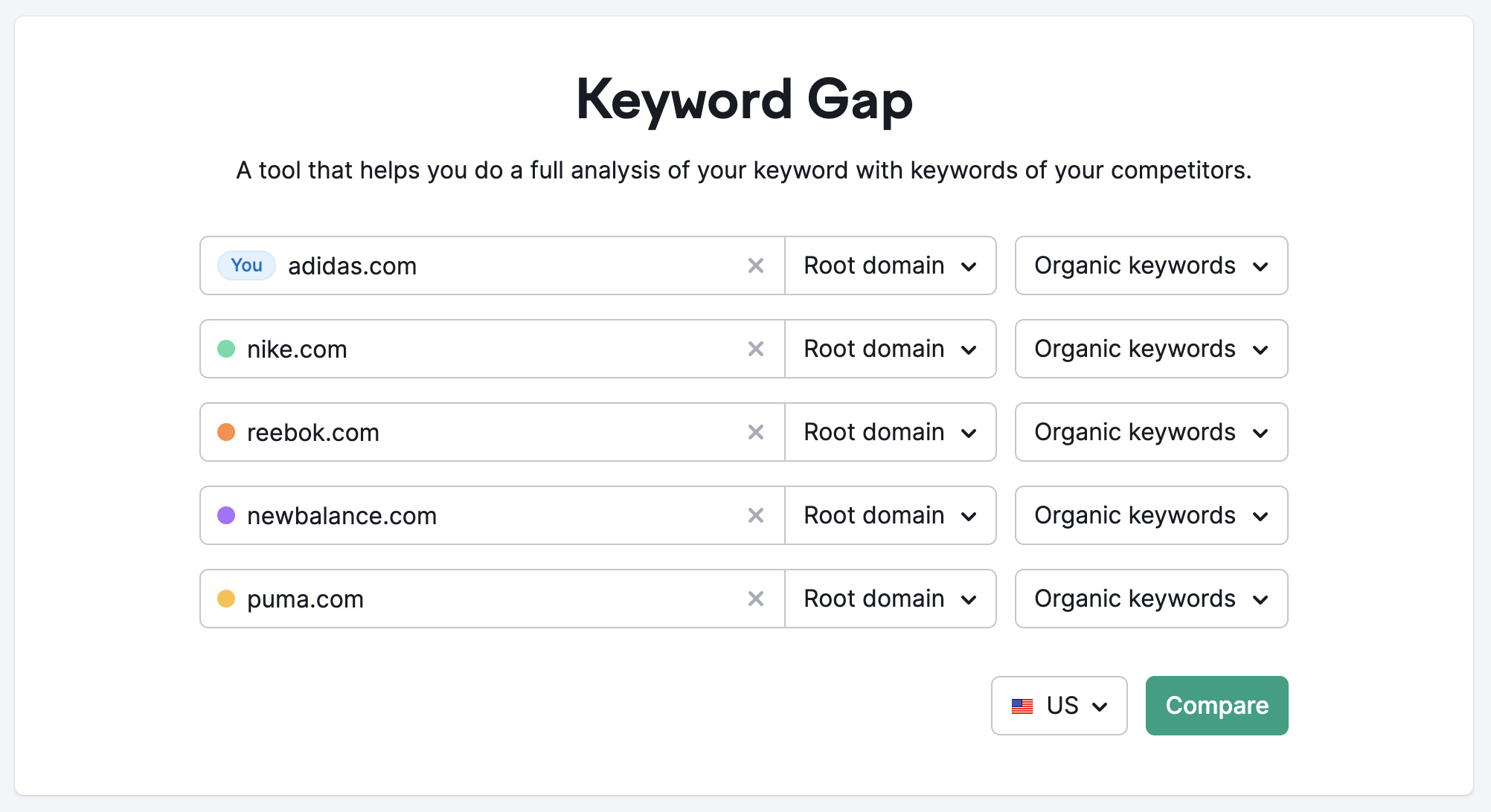
The concept of a keyword spread is simple. The "gap" is the keywords your competitors are targeting but you are not targeting. When you exclude branded keywords, you end up with a list of potential topics people are searching for that you can't find any of your content for.
Closing this gap is not only a great way to increase traffic to your website, but it also makes it more competitive. Plus, researching that gap can help you identify content ideas that might otherwise be overlooked.
To analyze these gaps, you must have access to a keyword research tool like Ahrefs or SE Ranking. These can be very expensive, but you can get away with a free trial (at least with SE Ranking) if you're on a budget.
If you have access to SE rankings, you can use the competitive research tool in the dashboard and enter the domains you want to compare.
The first domain should be yours, followed by the competitor you want to analyze:
Competitor analysis shows you which searches you share, which ones your competitor beats you on (and vice versa), and which searches the other site is not ranking for. To view these missing keywords, select the Missing tab:
Armed with this data, you can start filtering out keywords that aren't right for your audience and those that may be too difficult to rank for. The remaining keywords are the ones you want to focus on.
3. Refresh outdated content
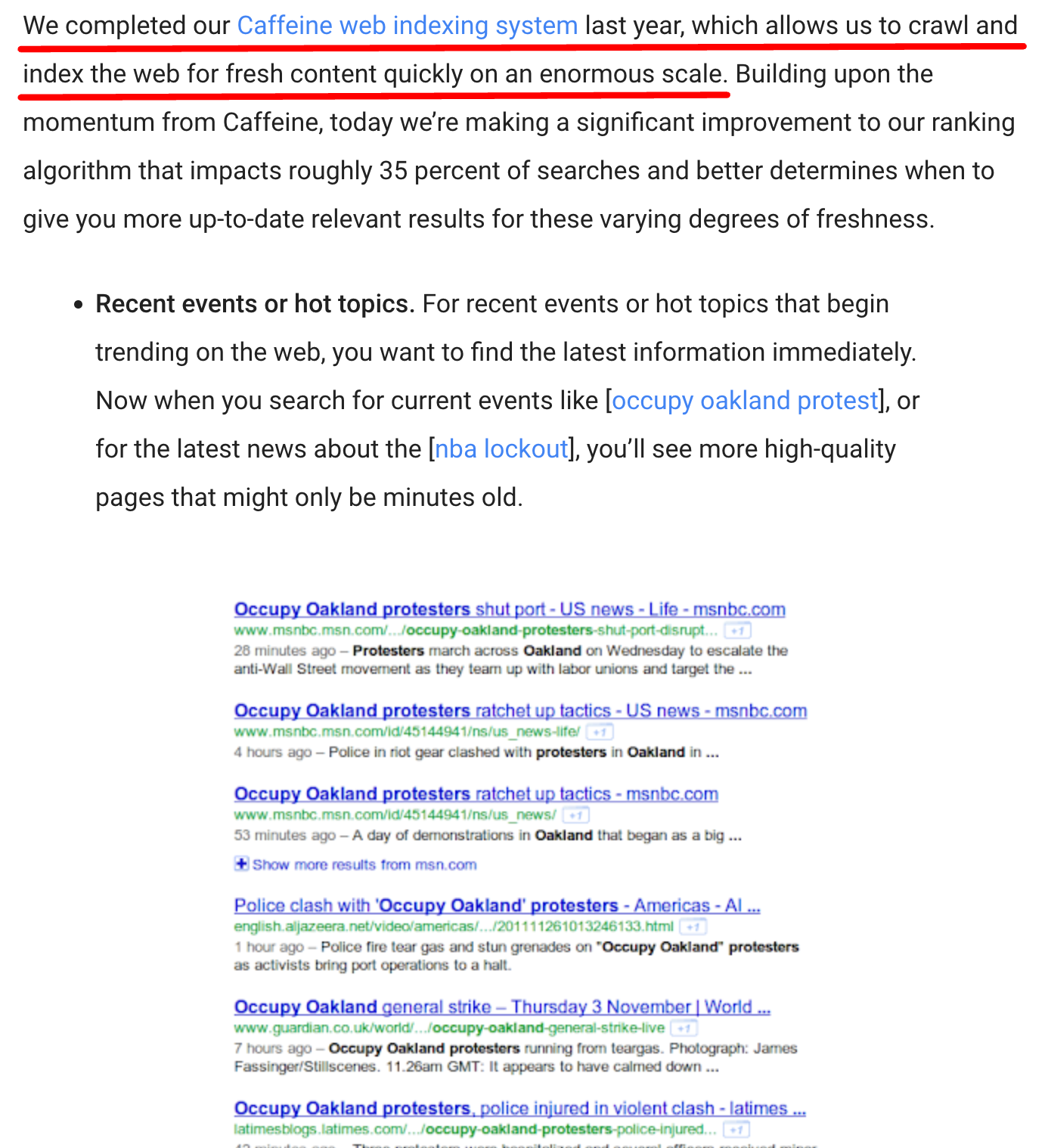
Updating outdated content is something many bloggers overlook. As you publish more and more blog posts and time passes, some of this content will become outdated. For example, if we published a WordPress cloud hosting comparison two years ago, the providers we recommend may change drastically during that time.
The same logic applies to virtually any message that provides specific advice or recommendations. Even if you're still getting traffic years later, visitors may stop using it as a recommendation because it's outdated.
In our experience, it's a good idea to review your entire content library at least once a year. Make a list of posts that you think might be out of date, focusing on those related to specific years, product reviews and comparisons, lists, and the like.
Once you have this list, prioritize the posts that generate the most traffic. These are your golden eggs and you want them to remain as informative as possible in order to retain your audience. Please review each posting and ensure that the inside information remains (a) accurate and (b) relevant. Make necessary changes, make your content effective and update the post. That's all!
4. Look for quick-win, low-competition keywords
![How To Find Low-competition Keywords In 2023 [Tutorial]](https://facileway.com/wp-content/uploads/2022/09/High-CPC-Keywords.png)
When analyzing keywords, most people opt for high volume searches or middle-of-the-road options. That is, keywords that get decent traffic (like hundreds of searches per month) but moderate competition. Depending on your domain authority and backlinks, it can be relatively easy to rank for moderately competitive searches with well-structured articles.
However, most people overlook keywords with low competition and modest search volume. These would be keywords with a search volume between 100 and 200 per month:
You can use tools like Google Keyword Planner to determine search volume for specific keywords. The Keyword Planner lets you sort keywords by average monthly searches, from lowest to highest and vice versa.
By definition, low competition keywords should be easy to rank for with well-structured, well-researched content. Yet, most people ignore these keywords because creating such content requires extra effort that needs to be weighed against the reward (potential traffic).
For a new website, targeting these types of keywords can be a great way to boost traffic slightly. To get the best possible results, you can identify keywords to group with. This allows you to use a single message to process multiple options.
5. Update your posts’ titles and description tags

If you are writing articles targeting specific keywords, it stands to reason that you need to monitor their performance. One of the key performance indicators of an article is the number of clicks it gets on search engine results pages (SERPs).
As you know, the top results in the SERPs get the most clicks: 75% of all clicks go to the first three results.
So when it comes to SEO, your first task should be to get posts to appear on that first page of results. That should be enough to get you at least a few clicks. To improve your ranking, we recommend that you customize the title and meta description tags for this article:
Fortunately, the process is simple. You can use the block editor to edit blog post titles at any time. When using an SEO plugin, you usually also see an option to edit each post's meta description as you edit it:
Simply put, search rankings play a huge role in the success of your posts, and your titles and meta descriptions can make or break them. Catchy blog titles are more likely to grab users' attention, which should help boost your click-through rate (CTR).

If you don't know how to monitor clicks for your WordPress site, we recommend using Google Search Console. If you navigate to the Performance tab of the Search Console dashboard, you will see the average CTR of pages on your site:
This section also includes a breakdown of CTRs for individual keywords further down the page. This information can help you determine which elements are weighing you down and which are underperforming.
Read Also : How to be a model for NYC Fashion Week? White Clover Markets
White Clover Markets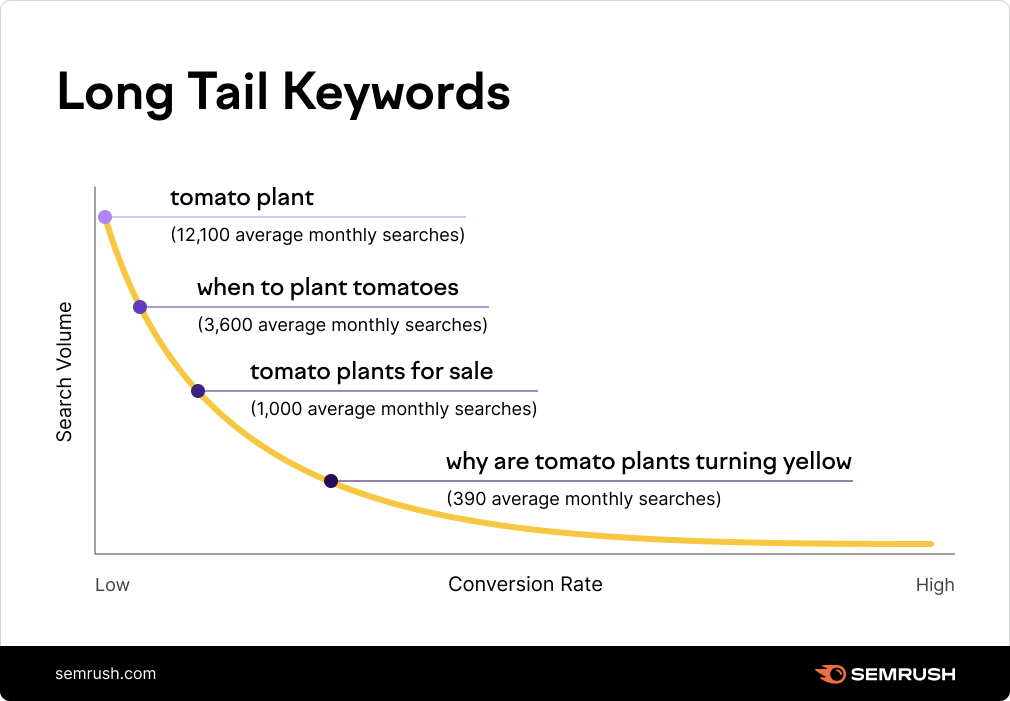

![On-Page SEO: The Practical Guide For SEO Beginners [2023]](https://mangools.com/blog/wp-content/uploads/2020/10/on-page-seo-guide-illustration.png)


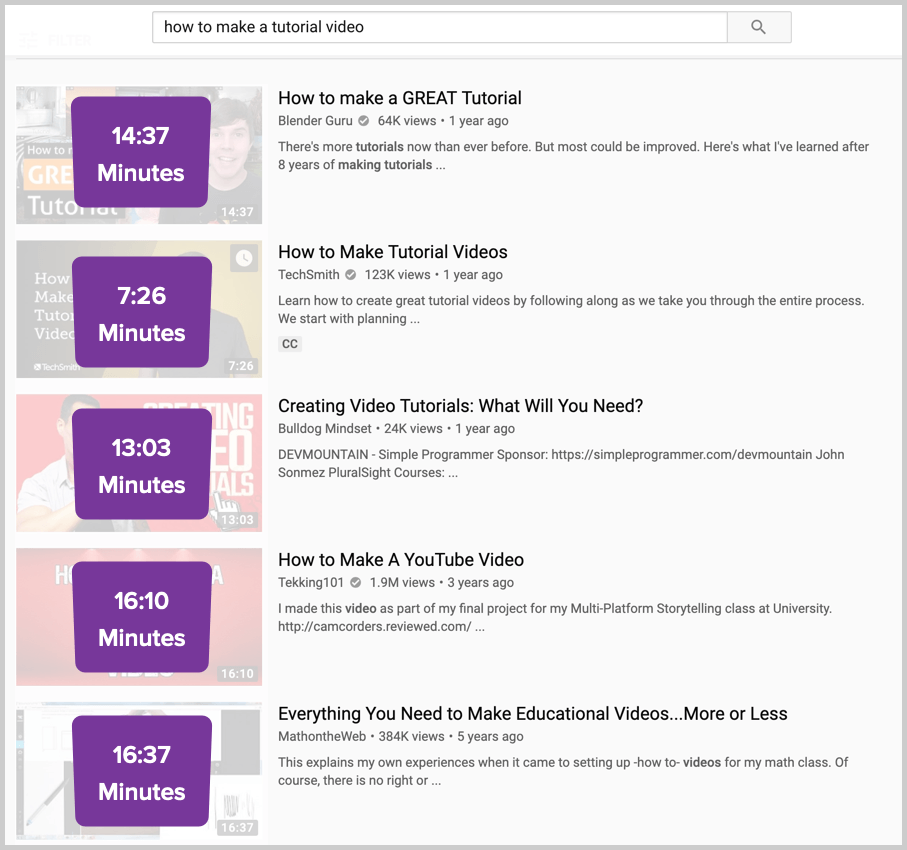

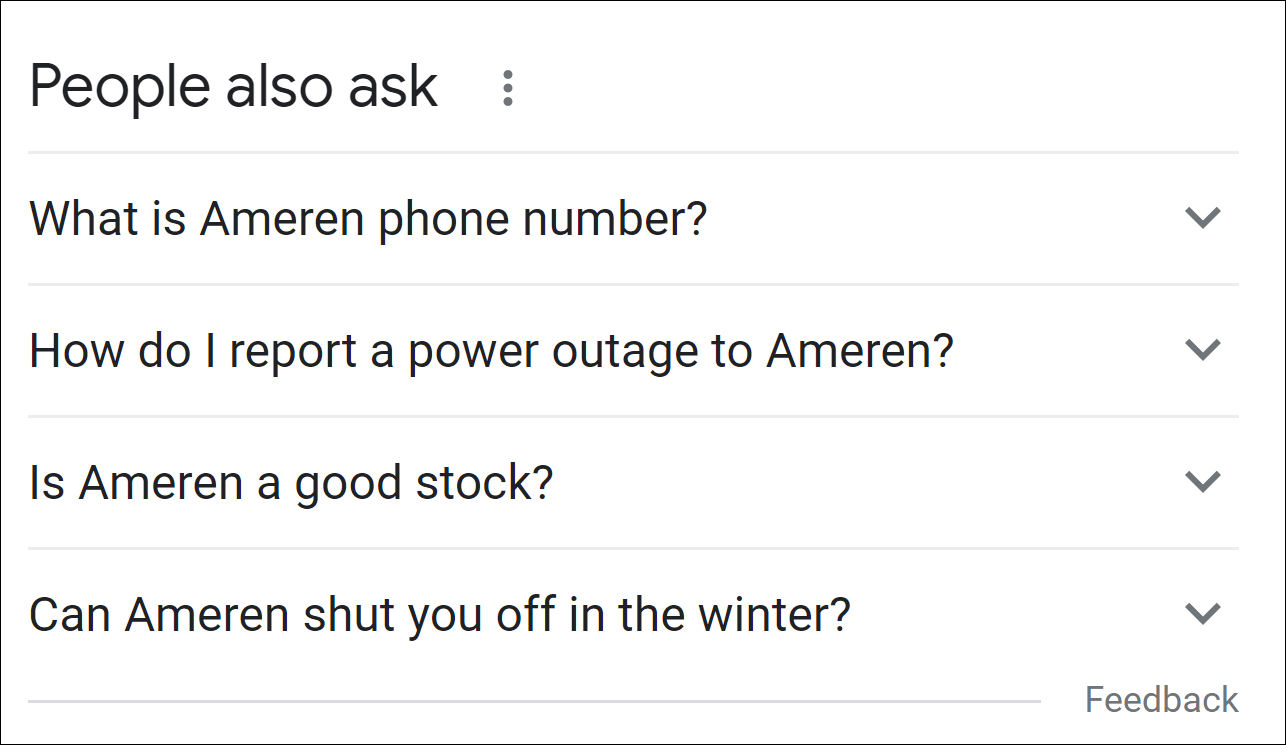
 Alexandra Daddario
Alexandra Daddario Kari Pettersen
Kari Pettersen
No comments